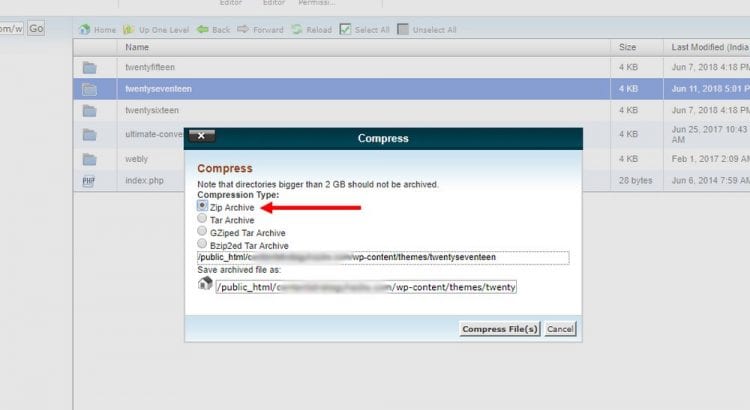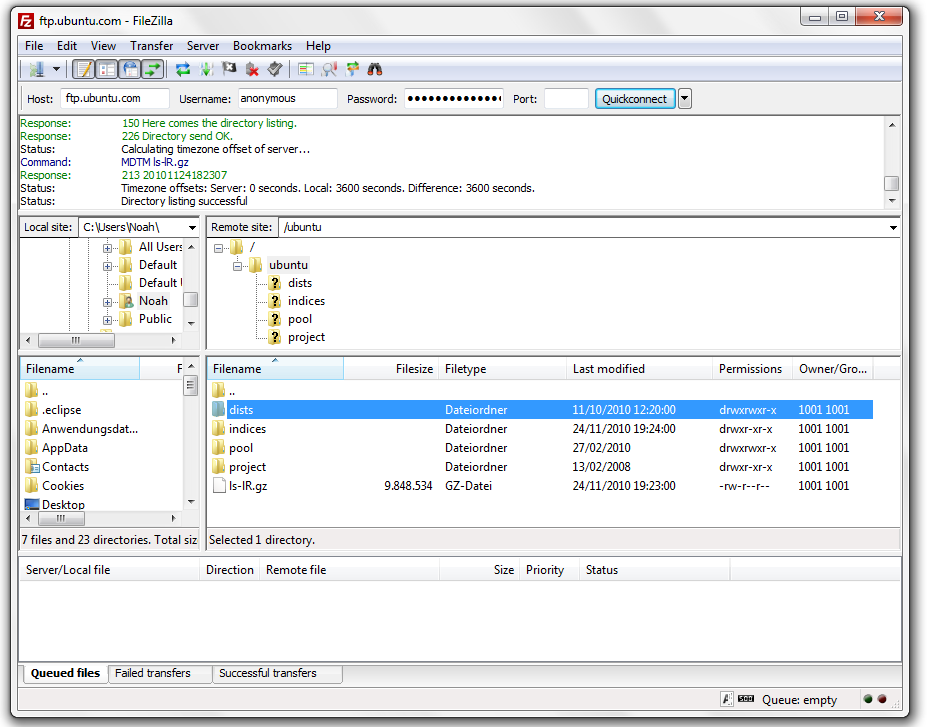

I’ll also show you how to back up your files individually, where possible.

If you don’t have any experience with file editing in WordPress, it’s better to perform a backup before making any changes that might break your site. If it’s not there, ask the developers for one. Most premium WordPress themes provide a pre-made child theme when you download the files. If you’re making the changes directly into the parent theme, they’ll be gone with the next update, and you’ll need to add them again. When you edit a WordPress theme’s files, you should do it in a child theme. In order not to repeat this in every section, I’ll just mention it once here. How to Access and Edit WordPress Files via FTP.How to Access and Edit WordPress Files via cPanel.How to Access and Edit Theme Files via Dashboard.So, in this step-by-step tutorial, I’ll show you 3 different ways to access and edit your WordPress files. style.css – Allows you to add custom CSS code to change parts of your theme’s design (colors, font, etc.).functions.php – Allows you to add, remove, or change different functionalities on your theme, such as removing the featured image, changing the heading element (e.g.WordPress theme files, found in a folder named after the theme, which is found in /wp-content/themes/:.htaccess – An Apache server file that allows you to perform different actions at a server level, such as URL redirection, enabling GZIP compression, etc. wp-config.php – Allows you to modify parts of the WordPress configuration, such as automatically removing items from the Trash, disabling revisions, etc.



 0 kommentar(er)
0 kommentar(er)
